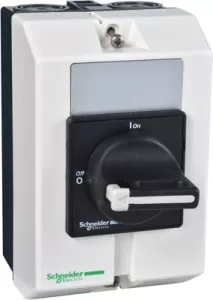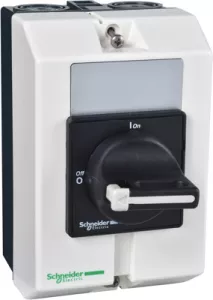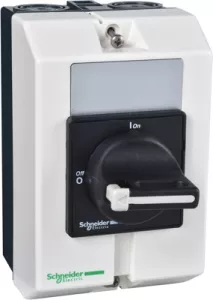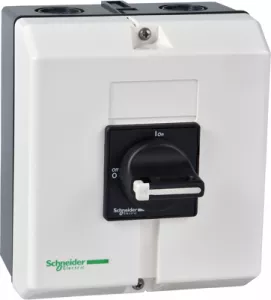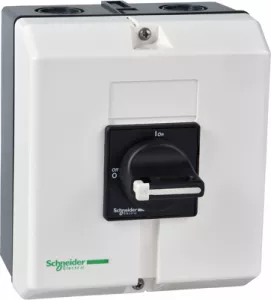Circuit Breakers

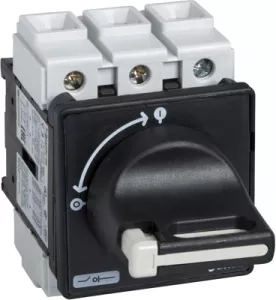
Order No.:
04P8185
Manufacturer SKU:
VBD02

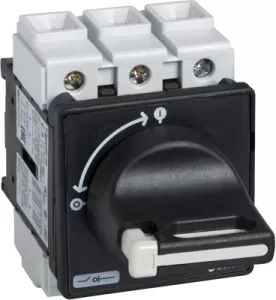
Order No.:
04P8186
Manufacturer SKU:
VBD1

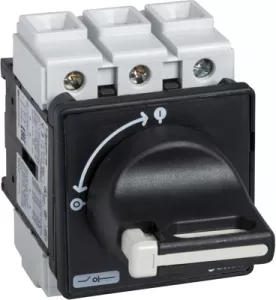
Order No.:
04P8187
Manufacturer SKU:
VBD2

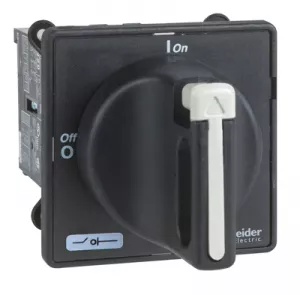
Order No.:
04P8188
Manufacturer SKU:
VBDN12

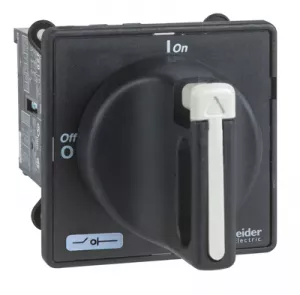
Order No.:
04P8189
Manufacturer SKU:
VBDN20

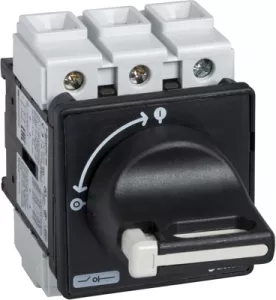
Order No.:
04P8190
Manufacturer SKU:
VBF0

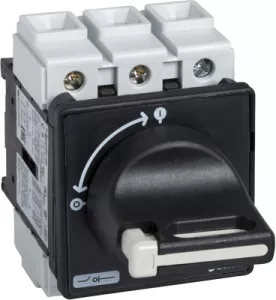
Order No.:
04P8191
Manufacturer SKU:
VBF01

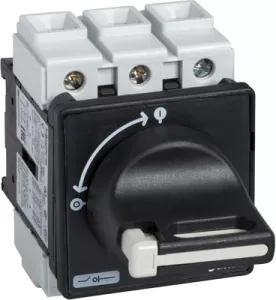
Order No.:
04P8193
Manufacturer SKU:
VBF02

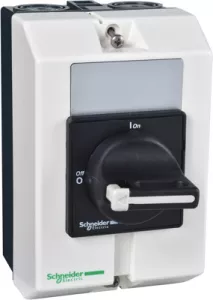
Order No.:
04P8194
Manufacturer SKU:
VBF02GE
Order No.:
04P8195
Manufacturer SKU:
VBF0GE

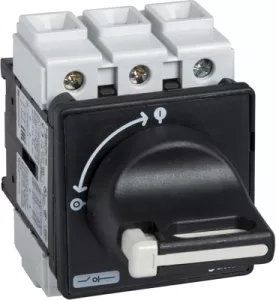
Order No.:
04P8196
Manufacturer SKU:
VBF1
Order No.:
04P8197
Manufacturer SKU:
VBF1GE

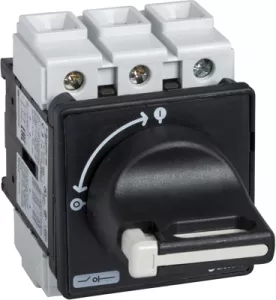
Order No.:
04P8198
Manufacturer SKU:
VBF2
Order No.:
04P8199
Manufacturer SKU:
VBF2GE

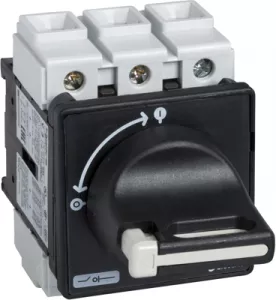
Order No.:
04P8200
Manufacturer SKU:
VBF3
Order No.:
04P8201
Manufacturer SKU:
VBF3GE

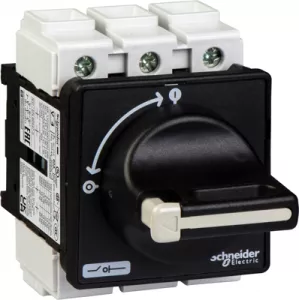
Order No.:
04P8202
Manufacturer SKU:
VBF4
Order No.:
04P8203
Manufacturer SKU:
VBF4GE

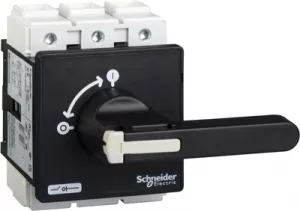
Order No.:
04P8204
Manufacturer SKU:
VBF5

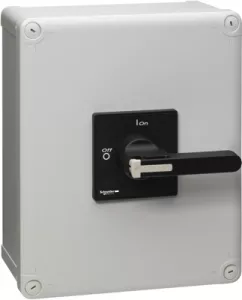
Order No.:
04P8205
Manufacturer SKU:
VBF5GEN
Safety guaranteed: Functions and advantages of switch-disconnectors
Circuit breakers are used to protect electrical circuits by automatically switching off in the event of an overload or short circuit. They can be switched back on, eliminating the need for one-way fuses. Switch-disconnectors, on the other hand, specialize in safely isolating electrical circuits from the power supply.
Unlike circuit breakers, switch-disconnectors do not perform a protective function, but merely ensure safe isolation as well as prevention of accidental switch-on. Both electromechanical components are indispensable in electrical installations and in the energy sector, with circuit-breakers primarily ensuring the protection of installations, while switch-disconnectors are used for maintenance and repairs.
